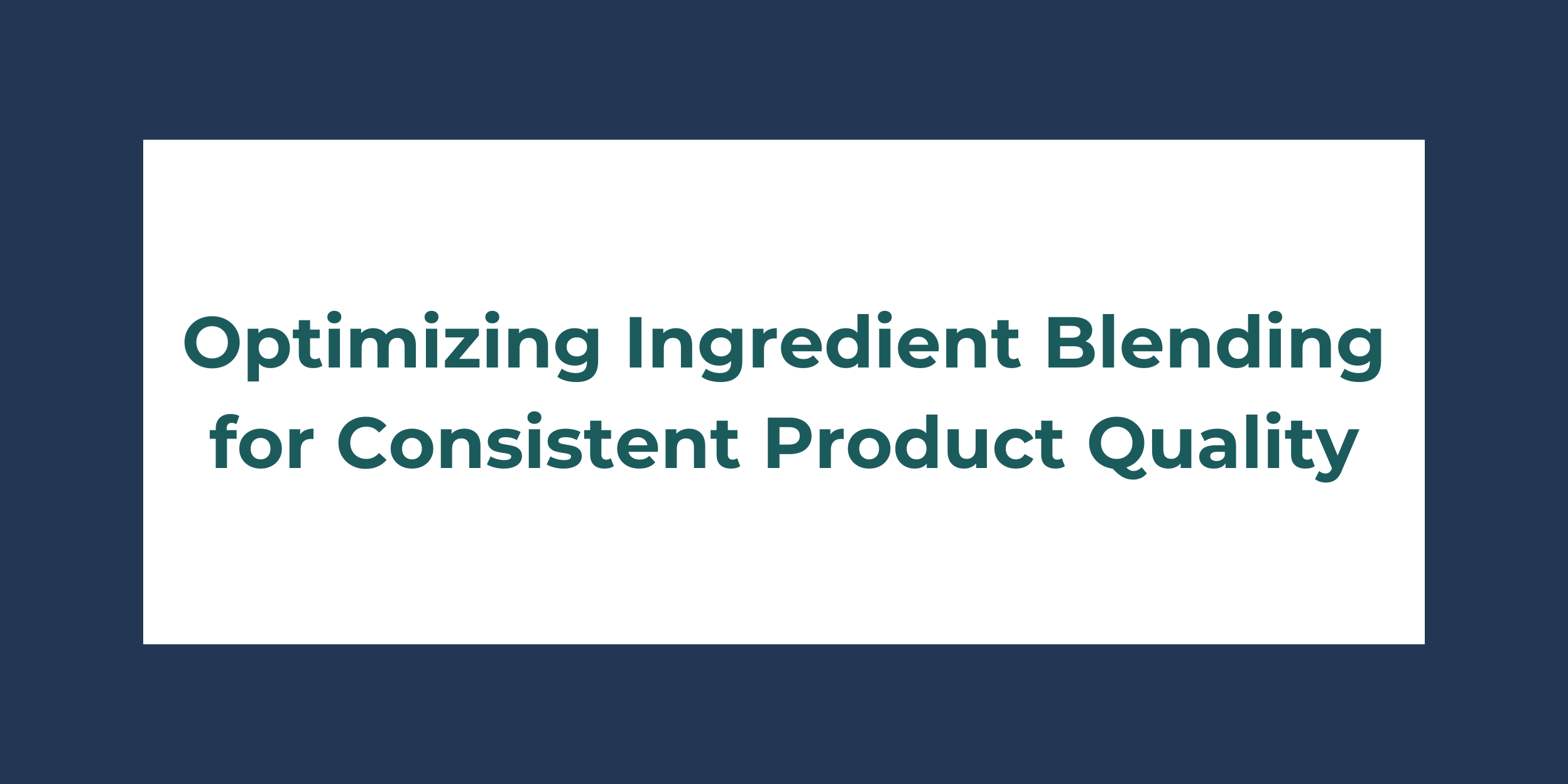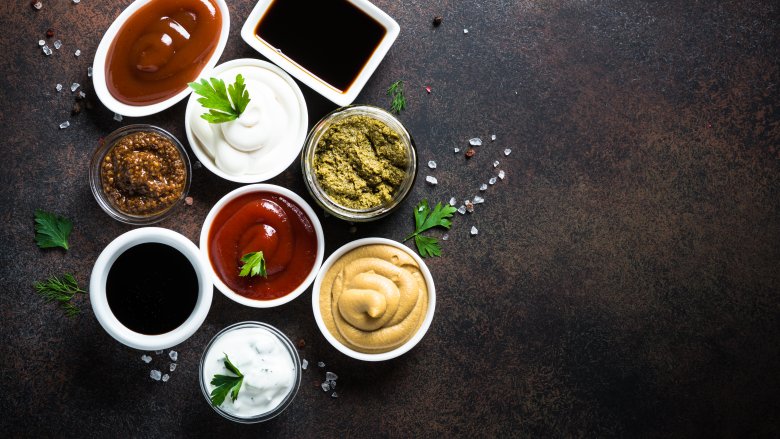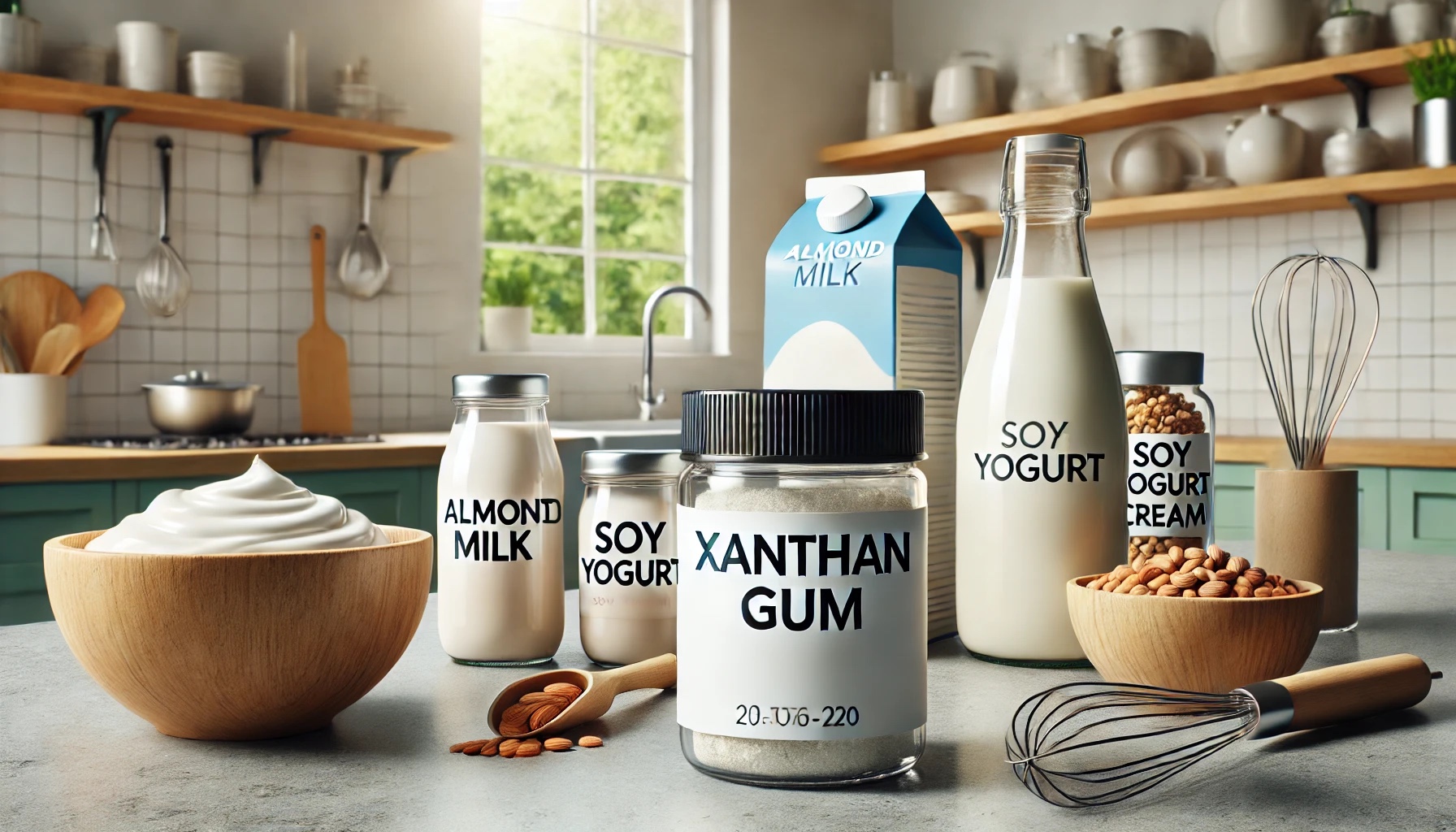In the food industry, achieving consistent product quality is paramount to meeting consumer expectations and maintaining brand reputation.
One critical aspect of this is the optimization of ingredient blending.
Proper blending ensures that ingredients are uniformly distributed, resulting in a consistent texture, flavor, and appearance.
This blog delves into the importance of ingredient blending, techniques for optimization, and the challenges faced in achieving consistent product quality.
The Importance of Ingredient Blending
1. Uniformity in Product Quality
Consistent blending ensures that every bite or sip of a product has the same taste, texture, and appearance.
This uniformity is crucial for maintaining consumer satisfaction and loyalty.
2. Efficient Production Processes
Optimized blending reduces production time and waste.
It ensures that all ingredients are adequately mixed, minimizing the need for reprocessing and enhancing overall efficiency.
3. Regulatory Compliance
Proper blending helps in maintaining consistency in nutrient content and ingredient distribution, which is essential for meeting regulatory standards and labeling requirements.
Techniques for Optimizing Ingredient Blending
1. Selecting the Right Blending Equipment
Choosing the appropriate equipment is crucial for achieving optimal blending.
Factors such as the type of ingredients, their physical properties, and the desired final product consistency should guide the selection process.
- Ribbon Blenders: Ideal for dry ingredients and powders, ribbon blenders ensure thorough mixing through a helical ribbon agitator.
- Paddle Mixers: Suitable for both dry and wet ingredients, paddle mixers use paddle blades to create a fluidized mixing zone.
- V-Blenders: Excellent for delicate and free-flowing materials, V-blenders provide gentle blending through a tumbling action.
2. Ingredient Preparation
Proper preparation of ingredients before blending is essential.
This includes sieving, grinding, or pre-mixing to ensure uniform particle size and distribution, which facilitates even blending.
3. Blending Time and Speed
Determining the optimal blending time and speed is critical.
Over-blending can lead to ingredient degradation, while under-blending can result in poor distribution.
Conducting trials to identify the ideal parameters is essential.
4. Incorporation of Liquids
When adding liquids to dry ingredients, it’s important to do so gradually and uniformly to prevent clumping.
Using spray nozzles or atomizers can help in evenly distributing liquids during blending.
Monitoring and Quality Control
1. Real-time Monitoring
Incorporating real-time monitoring systems in blending processes can significantly enhance consistency.
Technologies such as near-infrared (NIR) spectroscopy allow for continuous assessment of ingredient distribution and blend homogeneity.
2. Sampling and Testing
Regular sampling and testing during the blending process are vital for ensuring quality.
This includes checking for uniformity, particle size distribution, and moisture content to identify and rectify any inconsistencies promptly.
3. Process Control Systems
Advanced process control systems can automate and optimize blending parameters, ensuring consistent quality across batches.
These systems can adjust blending times, speeds, and ingredient addition rates based on real-time data.
Challenges in Ingredient Blending
1. Variability in Ingredient Properties
Ingredients can vary in terms of particle size, density, moisture content, and flowability.
Managing these variations to achieve a consistent blend can be challenging and requires precise control and adjustments.
2. Scale-up Issues
Transitioning from small-scale to large-scale production can introduce blending inconsistencies.
Factors such as equipment size, blending time, and ingredient handling need to be recalibrated to maintain product quality.
3. Cross-contamination
Preventing cross-contamination between batches is crucial, especially when dealing with allergens or sensitive ingredients.
Implementing strict cleaning protocols and dedicated equipment can help mitigate this risk.
Strategies for Overcoming Blending Challenges
1. Ingredient Standardization
Standardizing ingredient specifications and ensuring consistency in supplier quality can help in reducing variability and achieving a more uniform blend.
2. Process Optimization
Continuously reviewing and optimizing blending processes through trials and data analysis can help in identifying areas for improvement and maintaining consistent quality.
3. Training and SOPs
Ensuring that personnel are well-trained and follow standardized operating procedures (SOPs) can minimize human error and enhance consistency in blending operations.
Future Trends in Ingredient Blending
1. Automation and AI
The integration of automation and artificial intelligence (AI) in blending processes is set to revolutionize the industry. AI can analyze vast amounts of data to predict and optimize blending parameters, ensuring consistent quality.
2. Sustainable Practices
With a growing emphasis on sustainability, future trends in blending may include the use of eco-friendly equipment and processes, reducing energy consumption and waste.
Conclusion
Optimizing ingredient blending is essential for achieving consistent product quality in the food industry.
By selecting the right equipment, preparing ingredients properly, and implementing robust monitoring and quality control systems, manufacturers can overcome blending challenges and deliver products that meet consumer expectations.
As technology advances, the integration of automation and AI will further enhance the efficiency and consistency of blending processes, setting new standards for product quality.








